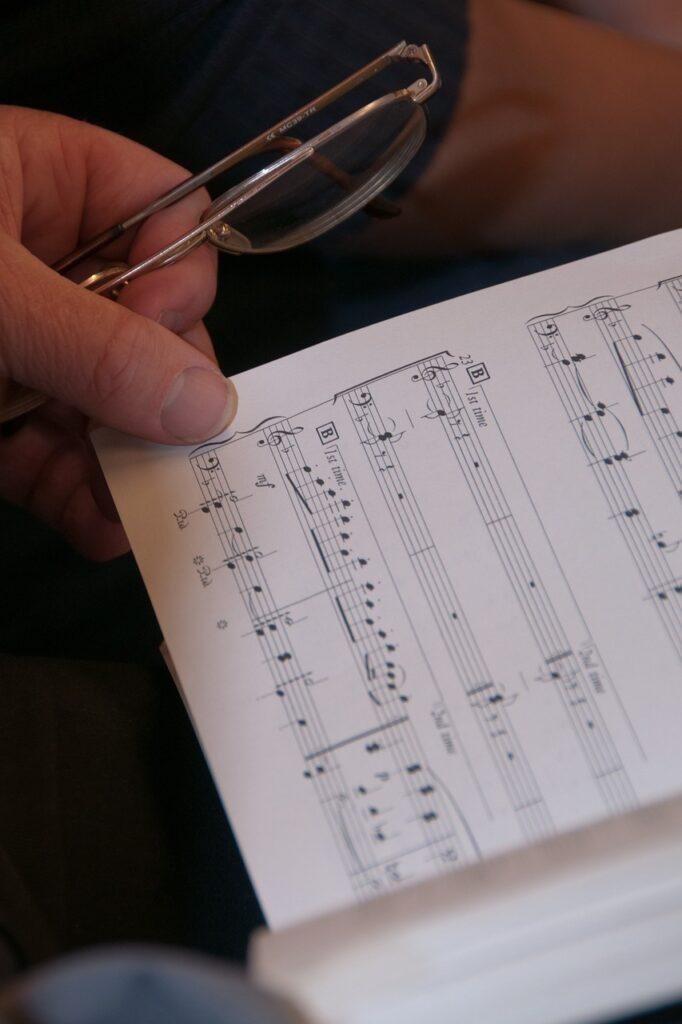Sing-Along Songs

Do you need an online tutor to help you sing in tune? The archive contains posts with sing-along songs.
Sing-Along Songs
Right now the posts in the archive focus more on sing-along singing example tracks than songs. However, many posts now contain full sing-along videos, especially in the Shape Notes and Solfege category.
The archive pulls from two main categories: Singing in Tune and Shape Notes and Solfege. The Singing in Tune category focuses on teaching how to sing, with a strong emphasis on how to harmonize in tune. I geared the posts toward singers. However, flexible pitch instrumentalists (such as violin, brass, and woodwinds) will find the posts helpful too.
The Shape Notes and Solfege category focuses on sight singing and melodic tuning. The Singing in Tune and Shape Notes and Sight Singing categories both have sing-along songs. Moreover, they serve as sound models for well-tuned harmonies and melodies in each category respectively.
I have crafted all of the examples using a special tuning system. This system is not the tuning system, SET, described in the Intonation blog category.
Rather, the system used for the post examples reflects how singers and flexible pitch instrumentalists actually tune their instruments as they perform. In other words, the examples balance the tuning needs of the melody against the tuning needs of the harmony.
This remains an important point, because melody and harmony do not tune the same way. When tuning harmony, the musician needs to focus on the three main aspects of the chord’s tone color. However, when tuning melody, they need to focus on what Ron Gorow calls span.
Nevertheless, the sing-along songs provide good sound models for both harmonic and melodic intonation.
© 2021 Geoffrey Keith
Back to the Successful Music Student Blogs page











